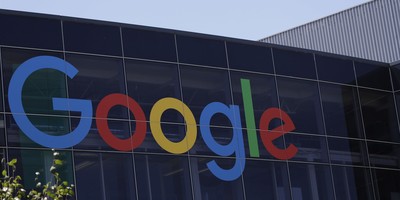There is a debate raging in some circles on tax cuts and growth. The reason is that in January of 2013, America will see the largest tax hike in history if Obama is re-elected. In yesterday’s journal, Nobel Prize winning economist Pete Diamond wrote that higher taxes don’t slow growth. The really interesting part of this piece is he is the first Keynesian economist I have seen that validates the Laffer curve is real. Most try to destroy the logic behind the Laffer curve.
He says,
According to our analysis of current tax rates and their elasticity, the revenue-maximizing top federal marginal income tax rate would be in or near the range of 50%-70% (taking into account that individuals face additional taxes from Medicare and state and local taxes). Thus we conclude that raising the top tax rate is very likely to result in revenue increases at least until we reach the 50% rate that held during the first Reagan administration, and possibly until the 70% rate of the 1970s. To reduce tax avoidance opportunities, tax rates on capital gains and dividends should increase along with the basic rate. Closing loopholes and stepping up enforcement would further limit tax avoidance and evasion.
What’s interesting about that statement is that if Obama’s tax increases hold, marginal tax rates will be in the 50-70% rate depending on how much you make.
James Pethokoukis calls bs on Diamond’s logic. Diamond used an economic series starting in 1970, not after Thatcher and Reagan took office. That skews statistics. This is why statistics aren’t always what they seem. You have to know the assumptions behind the numbers. I think recent political polling data reflect that.
If we throw American statistics on GDP growth and taxes out, and just focus on European style economies, data looks interesting. That’s what the WSJ does today here. Germany cut it’s top rates.
Recommended
The Schröder government, and later the coalition under Angela Merkel, also cut federal corporate income taxes to 15% from 45% in 1998. Include state taxes, and the effective corporate rate today is close to 30%, down from 50% or more in the 1990s. These reforms made Germany more competitive, attracted investment and jobs, and paved the way for the country’s economic resurgence and an unemployment rate currently at 5.7%.
The problem with Diamond’s analysis lies in the assumptions behind it. Since he is a Keynesian, government spending is the catalyst for growth. Without it, they can’t see their way clear for a growing economy. Classical economists add in government spending to their growth equation, but it carries far less weight than consumer spending and business investment.
Who do taxes affect more?
This is why decreasing taxes is a multiplier effect on economic growth. The rule of thumb is for every one percent drop in tax rates, GDP will get a three percent bump.
The controversy between the economic camps reached a fever pitch in 2009. Economist John Taylor sheds light on it in his blog.
A paper just published in the American Economic Journal: Macroeconomics sheds additional light on the Keynesian multiplier debate, which has surged since the 2009 stimulus package—ARRA—was enacted. In January 2009 Christina Romer and Jared Bernstein released a widely-cited paper showing that the multiplier for ARRA would be quite large. In February 2009, John Cogan, Tobias Cwik, Volcker Wieland and I (CCTW) released a paper showing that more modern “New Keynesian” models implied a much smaller multiplier. Since then many papers have been written including a paper by Christiano, Eichenbaum and Rebelo which found larger multipliers in the Christiano, Eichenbaum, and Evans (CEE) New Keynesian model. The debate has focused on the size of the government purchases multiplier.
The data show that Roemer and the Keynesians are incorrect in their assumptions on the effect of government spending on economic output.
That’s nice in theory, but how does it work in practice?
If we look at Reagan, Thatcher and Germany it seems that tax cuts are pretty productive when it comes to raising GDP. Increases in government spending do not. Compare the two recoveries of Reagan and Obama. Obama’s is anemic because it relied on government spending. It could be argued that if we did nothing we would be in the same position we are today. The multiplier effect of government spending is zero as Kevin Murphy eloquently showed mathematically way back in January of 2009.
Instead of listening to the spin, focus on the outcomes of policy. The spin will try to get you to believe if we did nothing we would have seen our banking system crumble and another Great Depression. In reality, our banking system would have been okay, with some banks going broke, and we would have been better off doing nothing because we wouldn’t have accumulated trillions in debt.
Take away: In the future if we raise taxes, we will kill any economic growth we have had. Taxes influence behavior. People and companies will divert income, and lower productivity to avoid them. GDP growth will stall.
Or, as classical fresh water economists will tell you, “There is no free lunch.”

























Join the conversation as a VIP Member